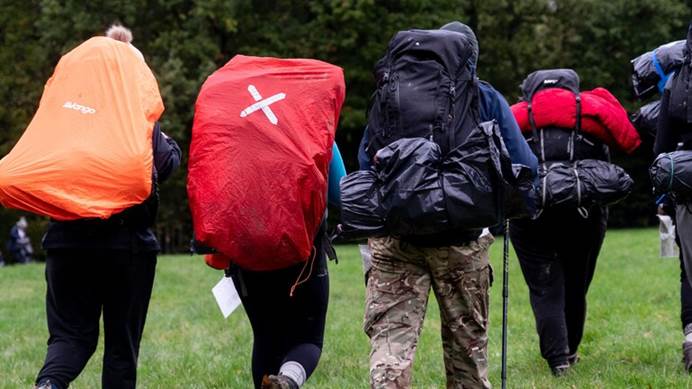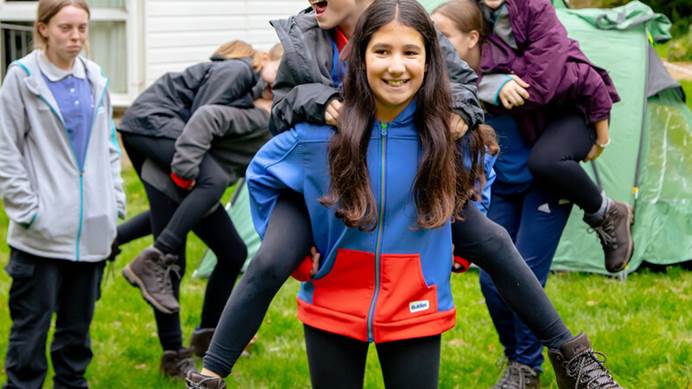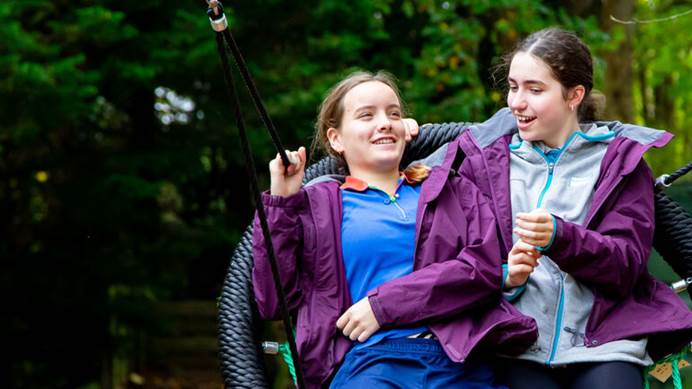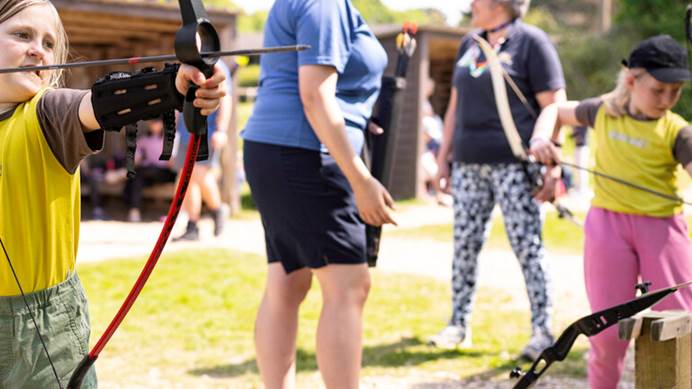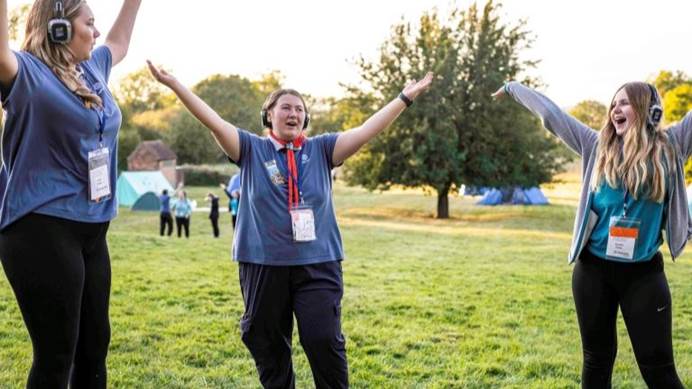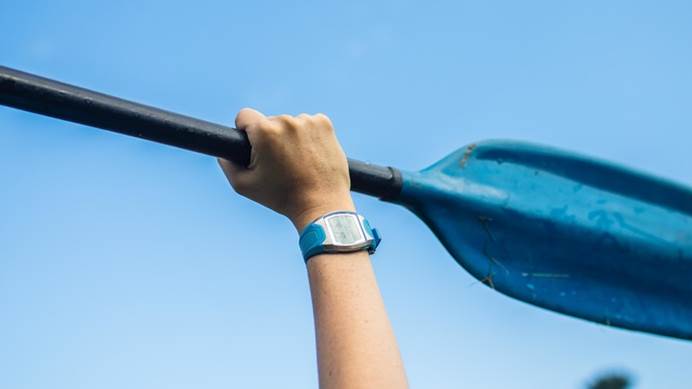Transport, parking and traffic management
Planning travel, managing traffic and making your event accessible
This guidance is part of our toolkit for running large-scale events.
Planning transport is key to making sure everyone arrives and leaves smoothly.
This section covers important considerations for event organisers, including public transport, parking management, accessibility and traffic planning.
Your goal is to encourage sustainable travel, avoid disruptions, and make sure all attendees can easily and safely get to the venue.
Public transport
Where possible, encourage sustainable transport by giving participants detailed information about public transport options before your event. Include information about accessible public transport options to get to the venue and schedules. Consider offering incentives for carpooling and ride-sharing to cut down individual travel.
When choosing your event location, think about sustainable transport options for attendees. If most participants are coming from a specific area, it might be more sustainable to organise a shuttle service rather than encouraging individual transport.
Make public transport information readily available to attendees, and consider contacting transport providers to let them know your expected numbers. You could also arrange for signage and marshals at train stations or bus stops to guide attendees to your venue.
Bicycles
- Confirm bike storage availability at the venue and check if cycling is allowed.
- Set rules for cycling on-site (wearing helmets and using lights at night, for example).
- Let bike owners know they’re responsible for locking their bikes.
Parking
Find out what parking is available at your venue and whether permits are needed. If people will need to park away from the venue, plan how you’ll manage them as they travel to and from the site. For greenfield sites, make sure parking areas are well planned and consider how vehicles will access them. This should be part of your traffic management plan.
Other things to consider:
- Coach parking: make sure there’s plenty of space for coaches to turn and park.
- Deliveries: stagger delivery times to avoid overcrowding and think about how you’ll prevent deliveries causing congestion in attendee entry queues.
- Suppliers and contractors: consider any specialist vehicles that will visit your site or venue and make sure they have access.
- Marshals: use marshals to help manage traffic around parking areas.
- Parking areas: organise parking into short-term and long-term parking zones for efficiency.
Accessibility
Make sure accessible parking options, such as disabled parking bays, are located within a reasonable distance from your venue and are clearly signposted. If parking is far away, set up a convenient drop-off area near the entrance to ensure easy access for attendees.
Rest areas for drivers
Coach drivers have legal restrictions on their driving hours. So even if they haven’t driven a long distance, they’ll need a designated space to rest and recuperate. To make them comfortable, consider providing:
- Toilets.
- Refreshments.
- A quiet area to recuperate.
- Space to stretch their legs.
If it's not possible to provide a rest area on-site, consider identifying alternative resting places in the local area where drivers can relax.
For safety reasons, make sure young members don’t have unsupervised access to drivers’ rest areas.
Traffic management plans
Larger venues will have traffic management plans in place to cover licensed events. If you’re using a greenfield site or a site not usually used for events, you should produce your own traffic management plan.
- When will you have vehicle movement before, during and after your event?
- Where on your site will vehicles need to go?
- What route will they take to get to their destination and back out again?
- Do you need passing points?
- Where will your disabled parking areas be?
Consider:
- Using marshals to direct traffic on site.
- Using marshals to make sure access points and driveways are clear.
- Setting times and zones where no traffic is allowed.
- Using cordons to distinguish between traffic and traffic-free zones.
- Setting a speed limit for on-site of 5-10 miles per hour.
- Allocating time slots to make sure your site doesn’t become congested.
- Having separate entrances and exits with a circular route.
When it comes to arrivals and departures, think about:
- Staggering arrival and departure times.
- Where the entrances/exits will be – will you need more than one?
- Using clear signage and marshals to direct people.
- Including directions in your pre-event communications to parents and leaders.
- Having a designated pick-up point.
Keep in mind, people may arrive by car or public transport from different directions, and they’ll need to know where to go.
Unique road features
Some road features can cause problems for vehicles like coaches, vans and heavy goods vehicles (HGVs). Check nearby roads with this in mind. Raise any issues with suppliers or coach companies before making any orders or bookings to avoid major logistical problems on the day.
What to look for:
- Bridges near or at the venue. Are they narrow? Do they have weight or height restrictions?
- Roads with weight restrictions.
- Tunnels with height restrictions.
- Electrical cables overhead on the site.
Consider if the surface of your site needs a road track laid, and have a plan in case wet weather affects the terrain.
Emergency vehicles
Emergency service access routes need to be clear of obstructions at all times. Ideally, they should be separate from other access routes. Think about parked vehicles as well as structures.
Work with local emergency services early in your planning to highlight any issues. This gives you time to address them.
Each emergency service has specific needs. For example, fire engines have to be able to get within 45m of any structure you’re using. Your access route also needs to able to bear the weight of a fire engine (around 13.5 tonnes).
If there’s a possibility of vehicles getting stuck, plan for tow-truck access.
Lift trucks and specialist vehicles
All equipment on site needs to comply with the Provision of Use of Work Equipment Regulations 1998 (PUWER). All lifting equipment like FLT and specialist lifting vehicles need to comply with the Operations and Lifting Equipment Regulations 1998 (LOLER).
You might also need other vehicles on site like buggies and electric carts, tractors and trailers.
Hired vehicles should be in safe working condition. Ask to see inspection reports that cover the period of your event, and check the drivers are qualified. Trained operators have licences showing the type of vehicle they’re allowed to operate.
